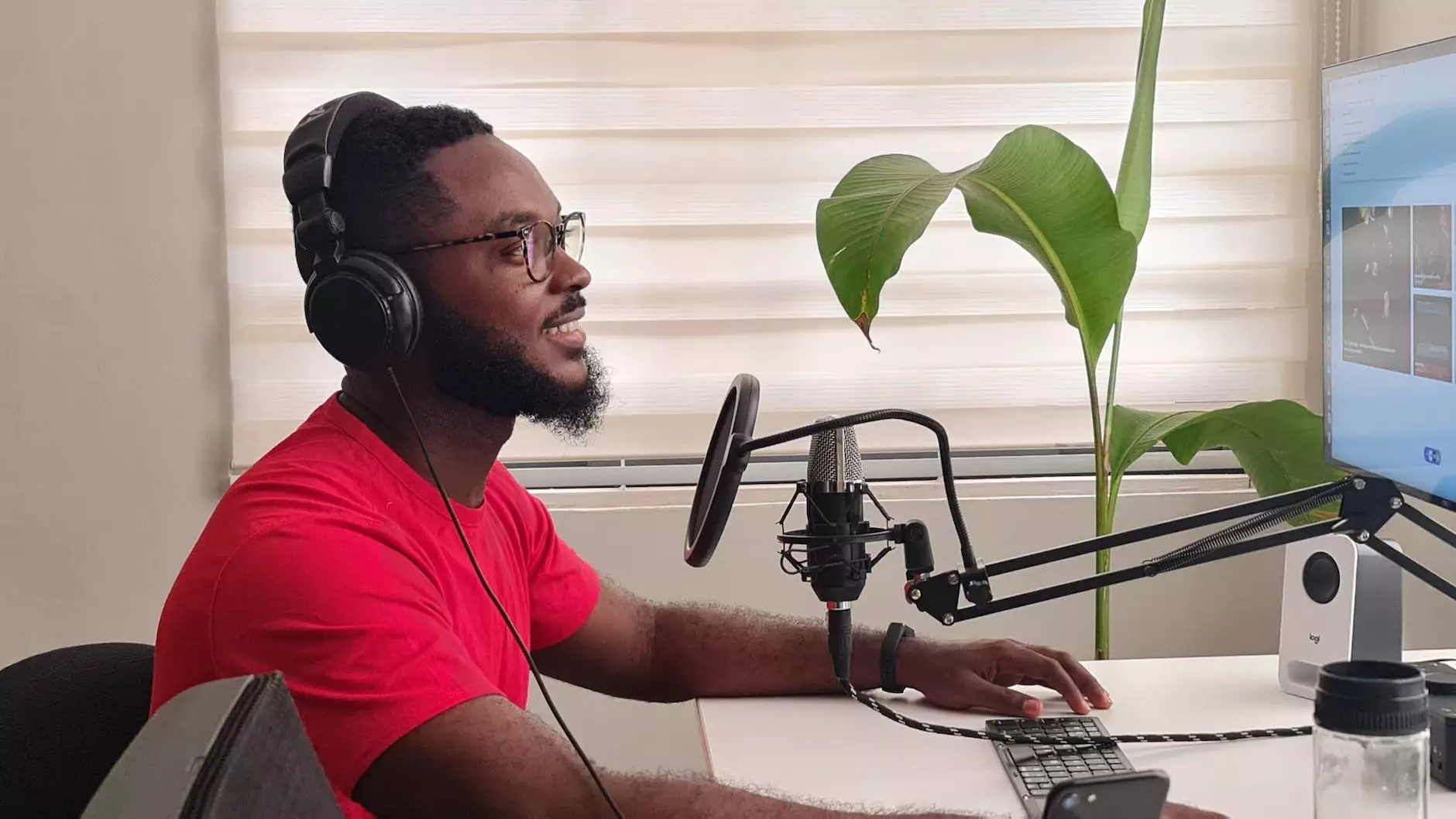Fact Vs. Fiction: Busting Community Health Center Myths
Education
Introduction
Welcome to Roxanne Weber, VOA, where we aim to provide valuable information and debunk myths surrounding community health centers. In this article, we will address common misconceptions about these centers and shed light on the important role they play in our society. By educating yourself about the truth, you can make informed decisions when it comes to your healthcare needs.
Understanding Community Health Centers
Community health centers are locally-based organizations that provide comprehensive healthcare services to underserved populations. They are an essential part of the healthcare system, offering affordable and accessible care to individuals and families. Unfortunately, there are many myths and misconceptions that cloud the public's perception of these vital institutions. Let's separate fact from fiction and uncover the truth.
Myth 1: Community Health Centers Only Serve Low-Income Individuals
Contrary to popular belief, community health centers serve a much broader demographic than just low-income individuals. While it is true that these centers prioritize the needs of underserved populations, they are open to anyone in need of healthcare services. Regardless of your income level or insurance status, community health centers are committed to providing quality care to all patients.
Myth 2: Community Health Centers Offer Limited Services
This couldn't be further from the truth. Community health centers offer a wide range of services, including preventive care, primary care, dental care, mental health services, and more. In fact, these centers are often equipped with innovative technologies and qualified healthcare professionals who are dedicated to addressing the diverse needs of their patients. They aim to provide comprehensive care under one roof, making healthcare more accessible and convenient.
Myth 3: The Quality of Care at Community Health Centers is Subpar
Another common misconception is that community health centers provide subpar care compared to other healthcare facilities. This is simply not true. Community health centers adhere to rigorous quality standards and are subject to regular inspections and evaluations. They follow evidence-based practices and strive to provide excellent care to their patients. Many centers also participate in quality improvement programs to continuously enhance their services.
Myth 4: Community Health Centers are Overburdened and Have Long Wait Times
While community health centers face the challenge of high demand for their services, they are constantly working towards reducing wait times and improving access to care. These centers employ efficient scheduling systems and employ staff dedicated to ensuring timely appointments. Additionally, many centers offer extended hours and same-day appointments, ensuring that patients receive prompt attention. Community health centers are committed to providing quality care without overwhelming wait times.
Myth 5: Community Health Centers Are Not Technologically Advanced
Contrary to popular belief, community health centers are at the forefront of adopting and utilizing the latest technologies in healthcare. Many centers have electronic health records, telemedicine capabilities, and digital imaging services. These technological advancements enhance patient care, improve efficiency, and enable seamless coordination between healthcare providers. Community health centers understand the importance of leveraging technology to deliver the best possible care to their patients.
Conclusion
We hope this article has helped debunk common myths surrounding community health centers. It's essential to have accurate information when making decisions about healthcare. Community health centers offer a valuable and vital resource for individuals and families, regardless of income level or insurance status. Embrace the truth about these centers and access the quality care they provide. Roxanne Weber, VOA is committed to supporting community health centers and spreading awareness about their importance in our society.









